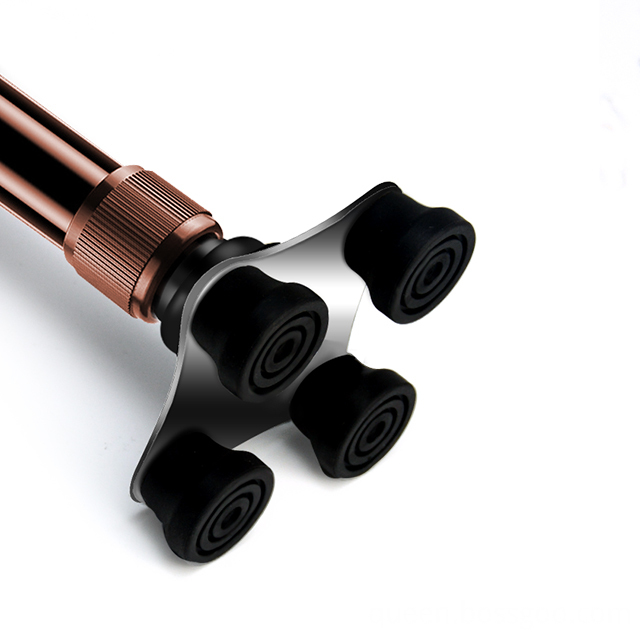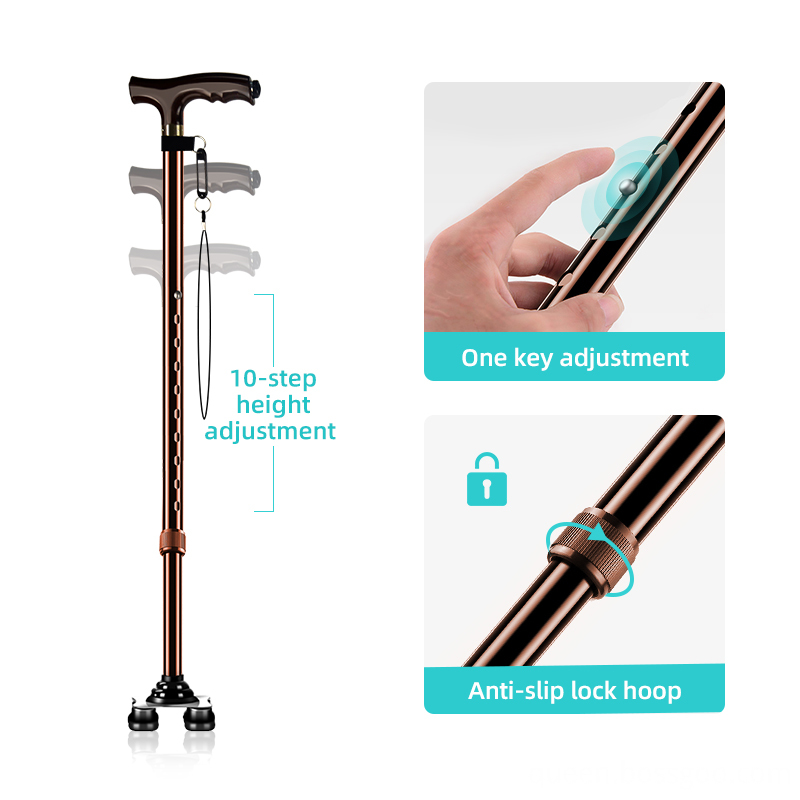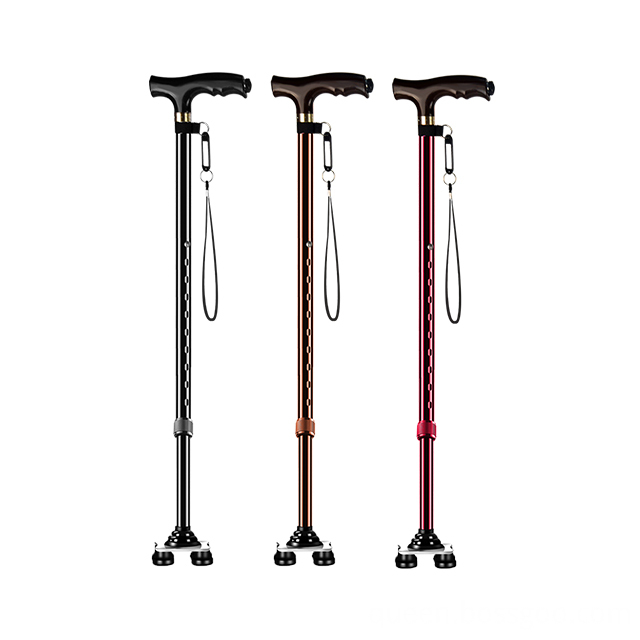Since the end of August, three generations of adult armyworm have entered their prime period and have migrated from north to south. Experts reminded that due to the large number of third-generation populations this year, the risk of outbreaks of fourth-generation larvae in Huanghuai and Jianghuai areas is extremely high. Local governments need to increase vigilance, strengthen monitoring, and issue warning information in a timely manner to guide farmers in timely prevention and control. According to the monitoring report network of major crop pests and diseases in the country, since late August, the moth peaks have appeared under the lights of many insect sources in the northeast and north China, and the single light of Liaoning Zhangwu has reached 1,374 on a single day, and three generations of adult armyworm have entered the peak period. At the same time, a large number of migratory populations have emerged in the Bohai Bay region. From August 29 to 31 and September 3, the high-altitude searchlight at the Changdao Island of the Chinese Academy of Agricultural Sciences successively monitored two obvious mass migrations of armyworms; from August 29 to September 1, Liaoning Donggang In the nearly 600,000 mu of paddy fields, 50-60 high-density adult populations per square meter were seen, and they were moved out on September 3. In addition, Huanghuai and Jianghuai regions have seen three generations of adult and fourth generation eggs. Among them, Jiangsu Xinyi, Suining, Xinghua, Taixing and other places initially saw adult worms at the end of August, and the sweet and sour pots, single attractant single pot daily moths and poplar twigs had 100 single day moth traps. ~50 heads; Seed the fourth generation of eggs in the new field, Valley grass to a hundred eggs to total accumulated 65 pieces, an average of 44 eggs per piece, rare in recent years. In Anhui, on August 23, three generations of adults were seen. Among them, Yingdong and Jieshou had a single lamp population of 32 and 21 on September 3, respectively. The moth volume began to increase. It is reported that the armyworm is a cross-regional migration of major pests, has a strong long-range ability to move, one night can move 200 to 300 kilometers, the wind can be up to more than 500 kilometers; when its larvae reach 4 to 5 years old Enter the gluttony period. In view of the recent large amount of mimetic pests in the North, combined with crop growth and weather conditions analysis, the fourth-generation armyworm has a greater threat to the production of yellow crops and the autumn crops such as corn and rice. To prevent the outbreak of armyworm outbreaks, experts from plant protection experts from the National Agricultural Technology Extension Service Center suggested that the three generations of insects in the northeast and north China should adhere to the light-mousing moths to monitor the progress of adult emergence, insect dynamics, and the level of ovarian development. Early warning provides effective information; Shandong, Henan, Jiangsu, Anhui, etc. Huanghuai and Jianghuai four generations of areas to guide grassroots monitoring points to fully use the insects report lamp, sweet and sour basin, sex attractants, valley (rice) grass to carry out the moth The amount of eggs was induced, and the force of field surveys was increased to ensure early detection and prevention. A simple device to assist walking, usually a wooden or metal stick. Crutch,Peg Leg Crutch,Adjustable Crutch for Elderly,Retractable Walking Cane Ningbo Queen Electronic Science Technology Co., Ltd , https://www.queenmeds.com
Crutches are an important medical rehabilitation aid. They are divided into walking sticks, elbow sticks and axillary sticks. Walking sticks are mainly used for mild needs, such as the elderly or climbers. Walking sticks are not products for the disabled. 

